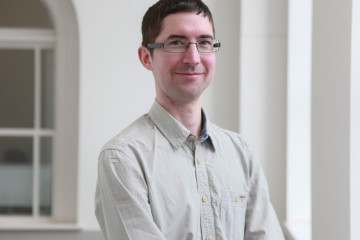PhD Studentship
Novel, biologically relevant, in vitro model of the blood-brain tumour barrier (BBTB)

At a glance
In progress
Award date
October 2023 - September 2026
Grant amount
£90,000
Principal investigator
Dr David Dickens
Co-investigator(s)
Institute
University of Liverpool
R
- Replacement
